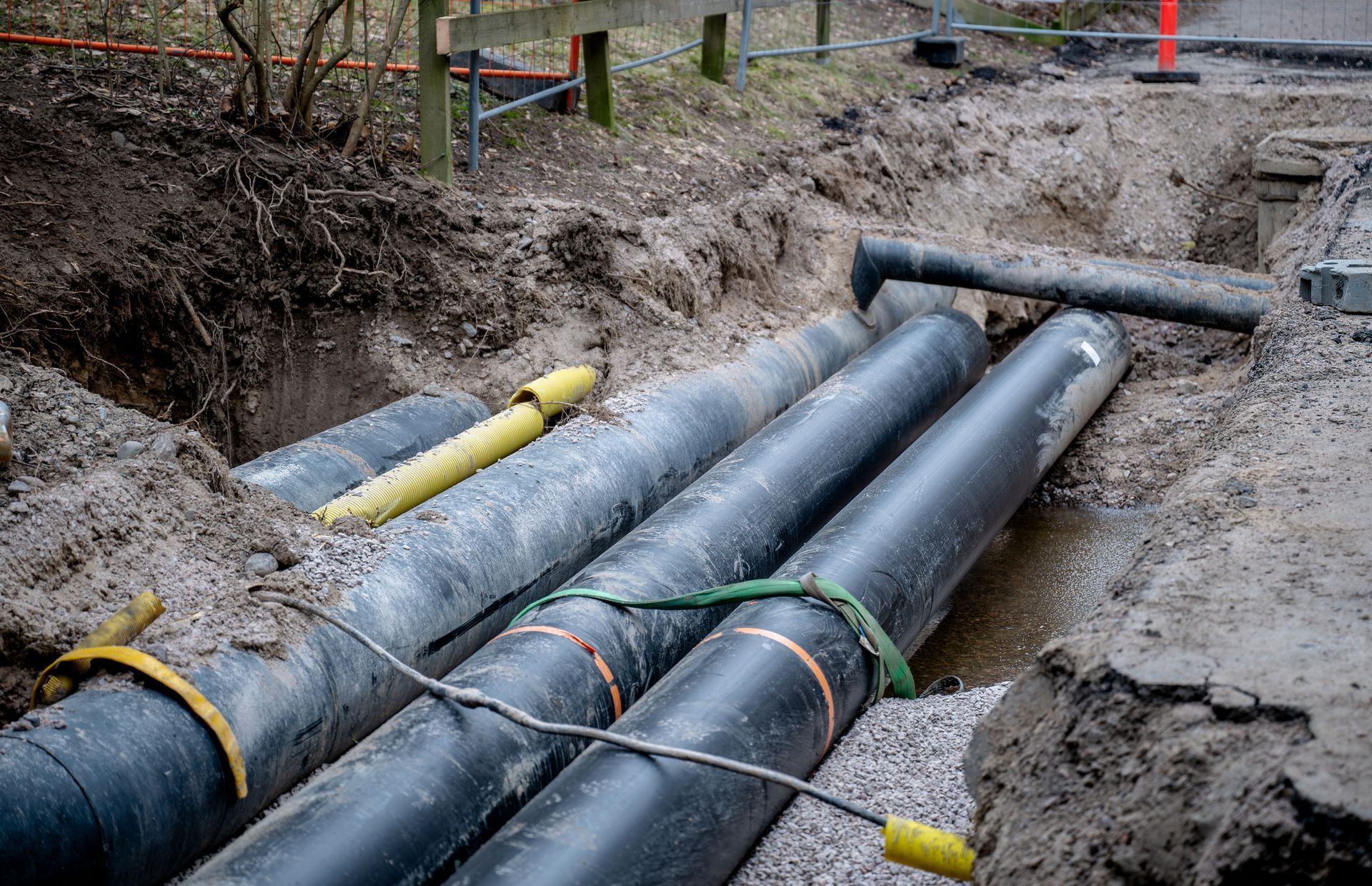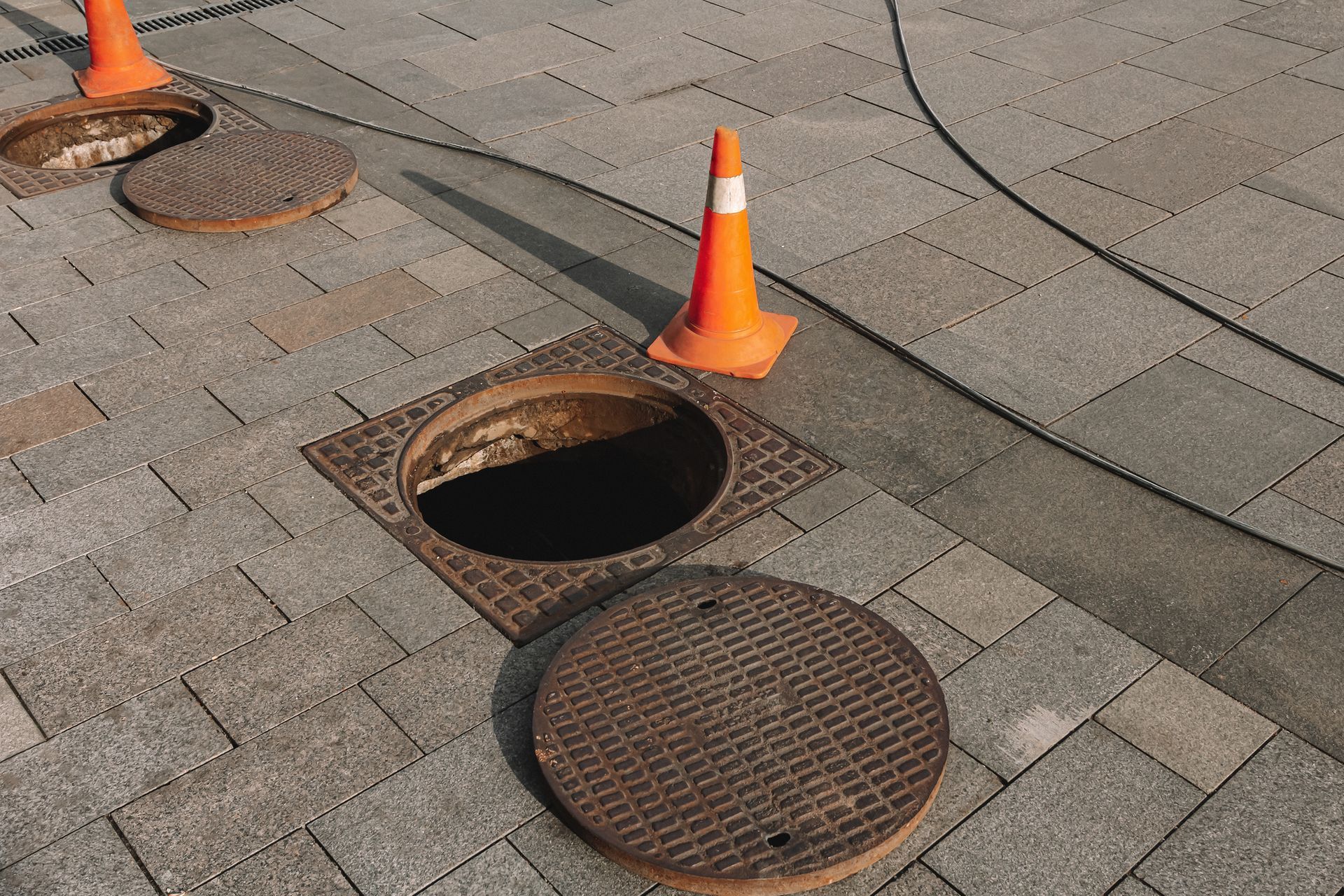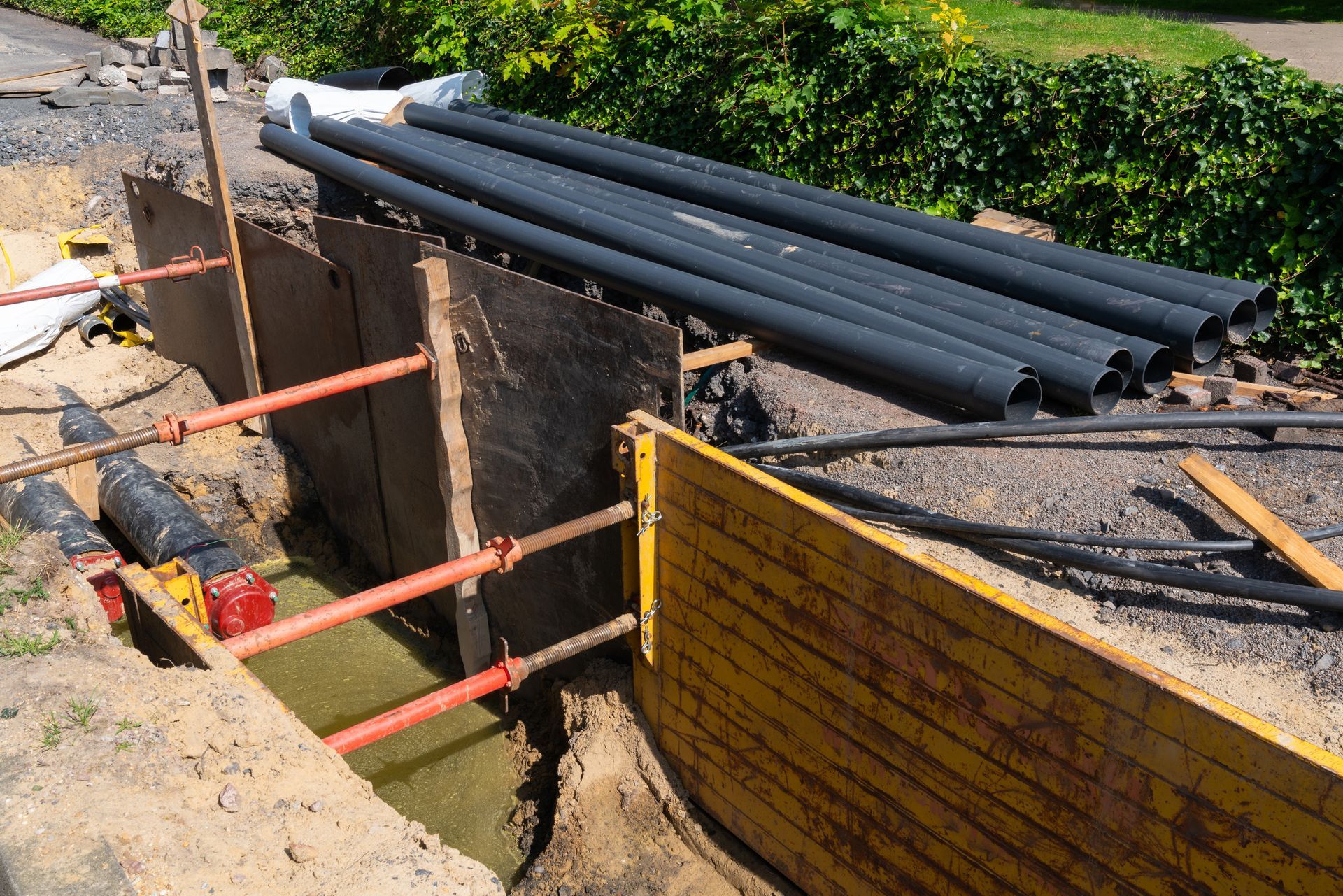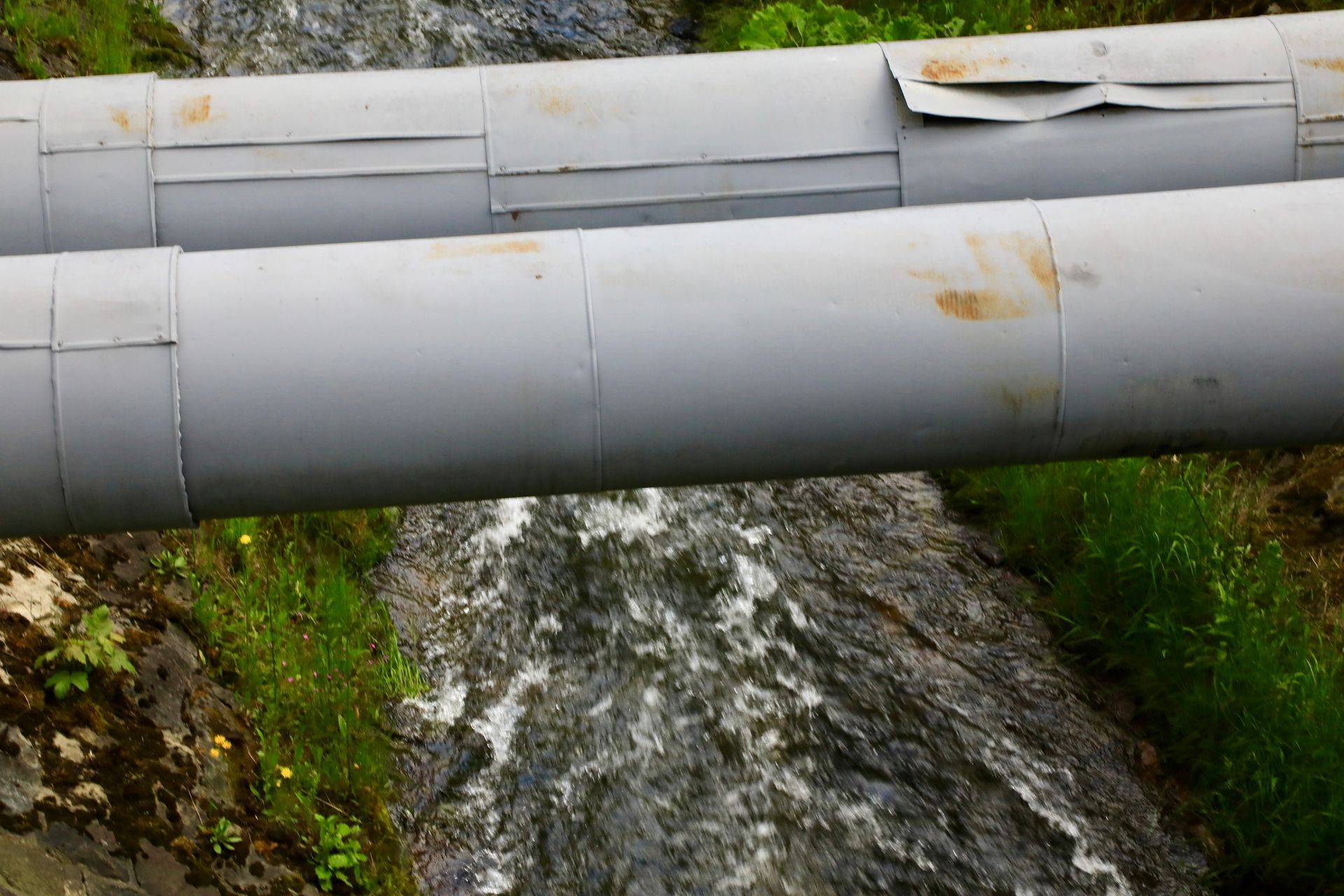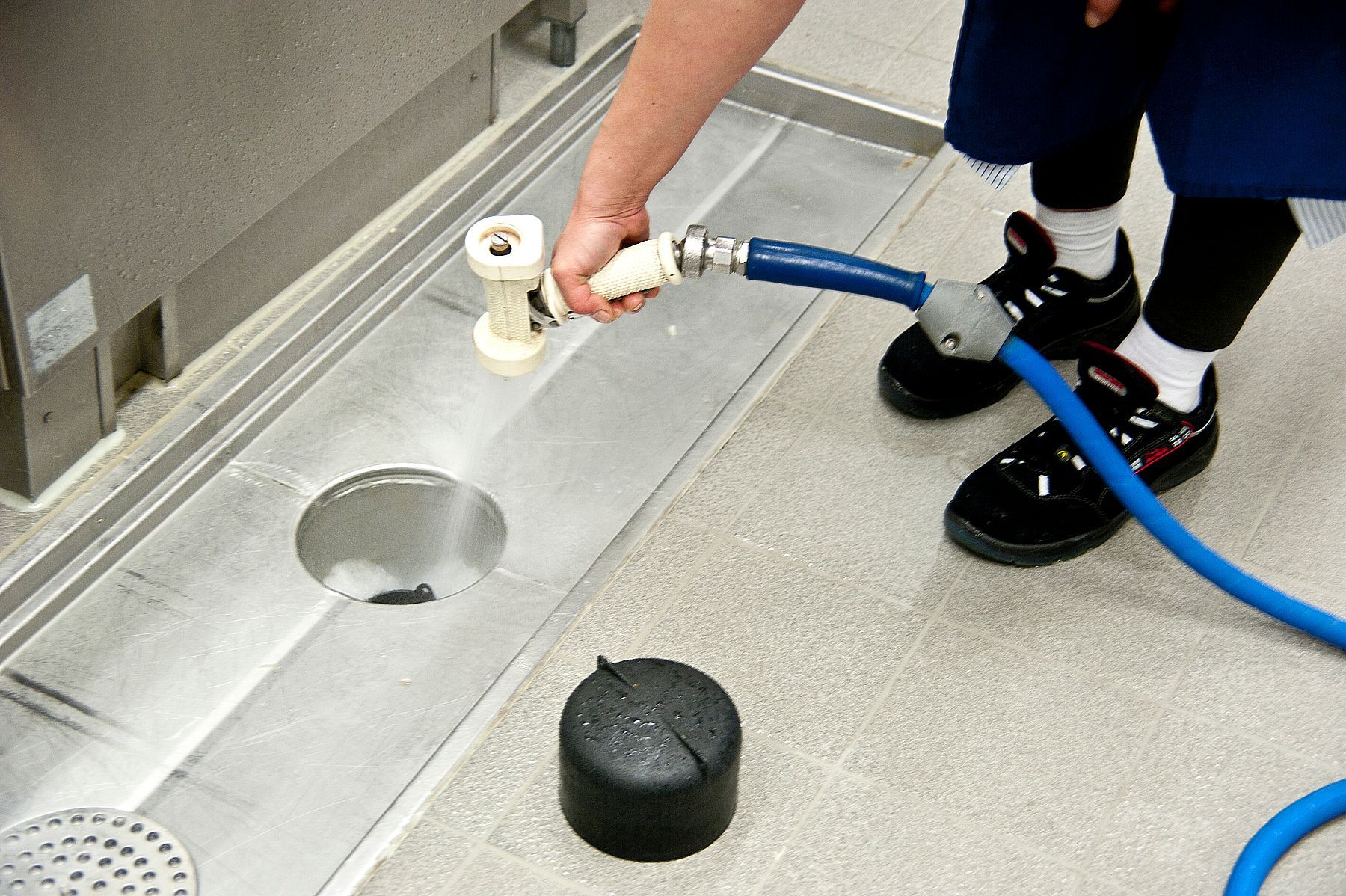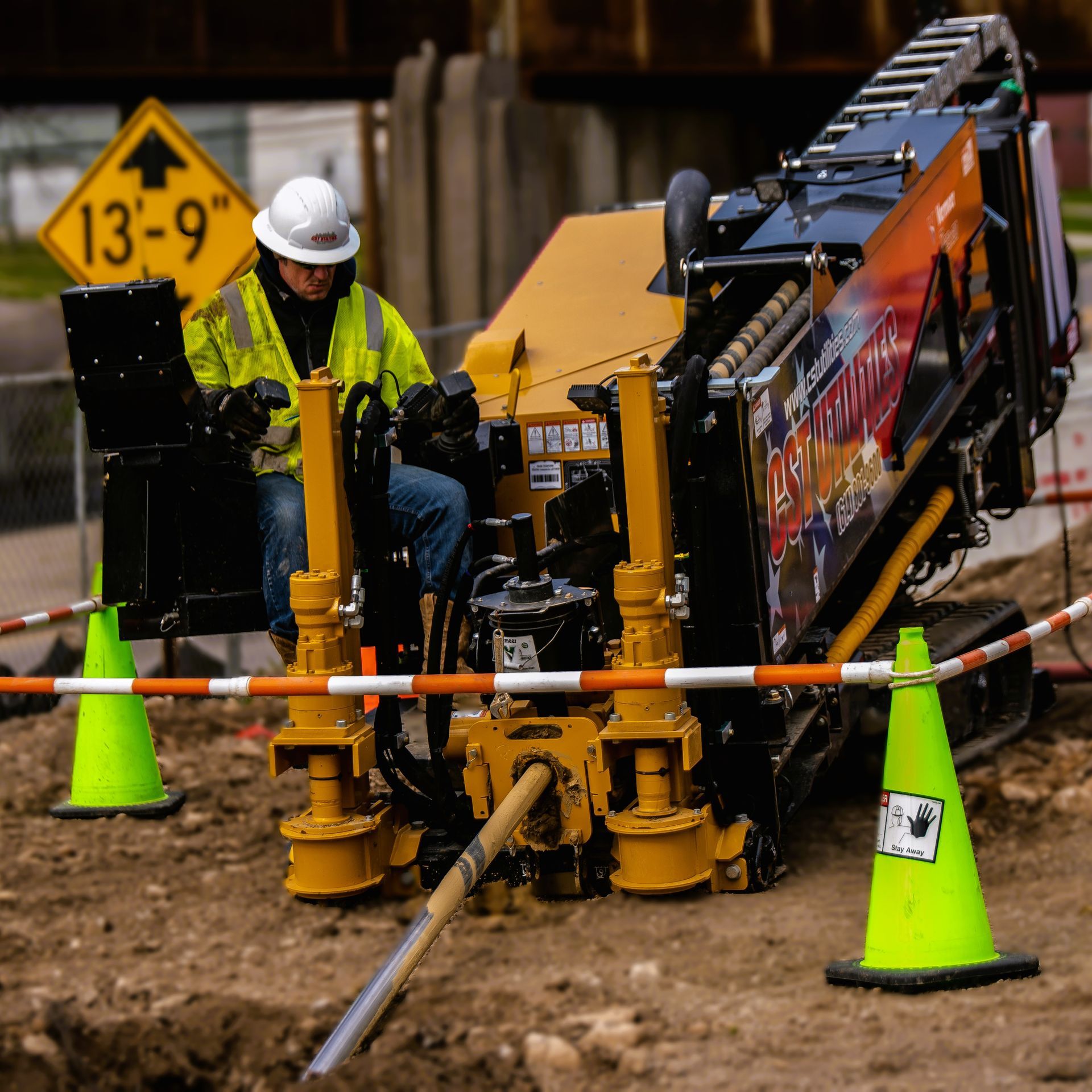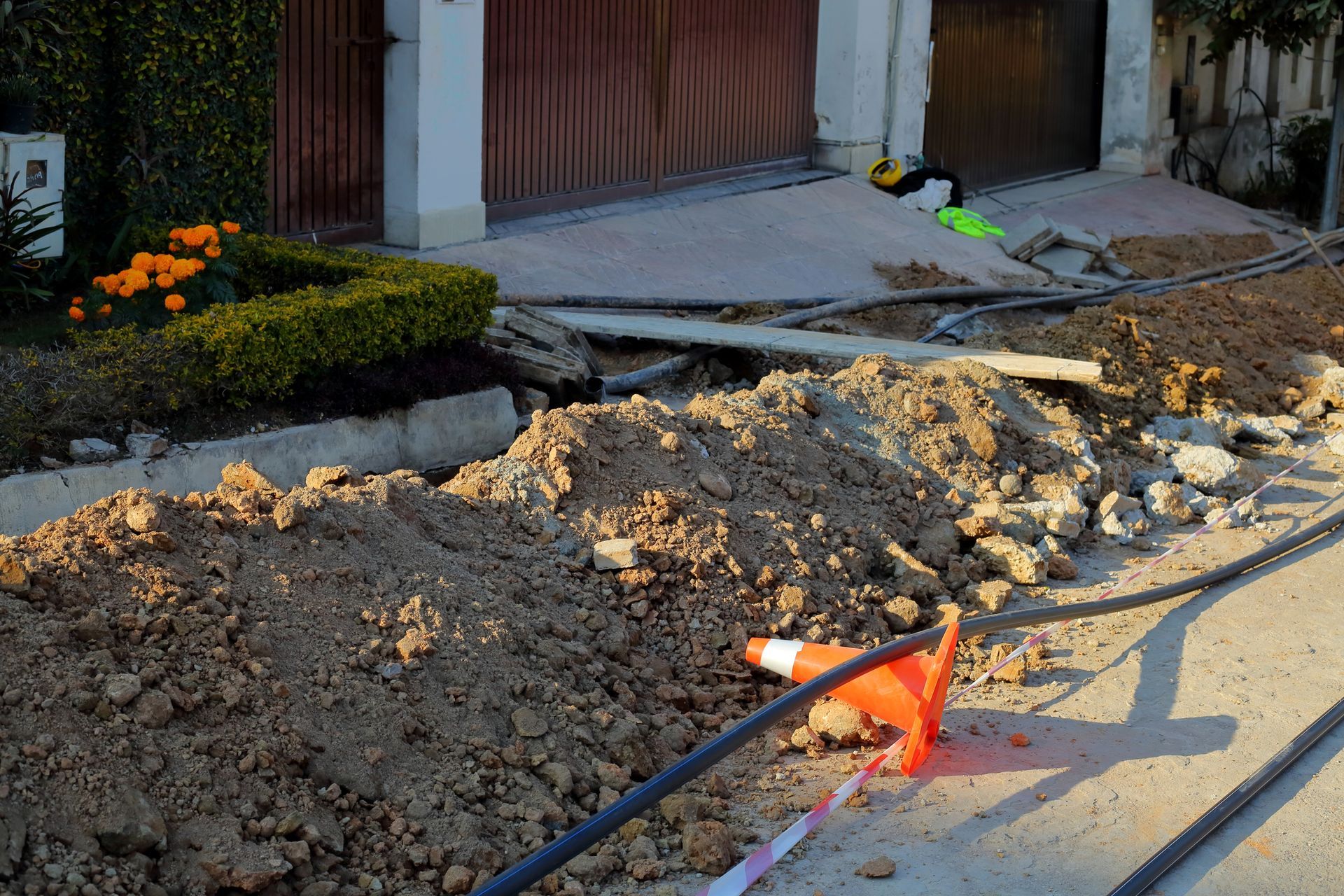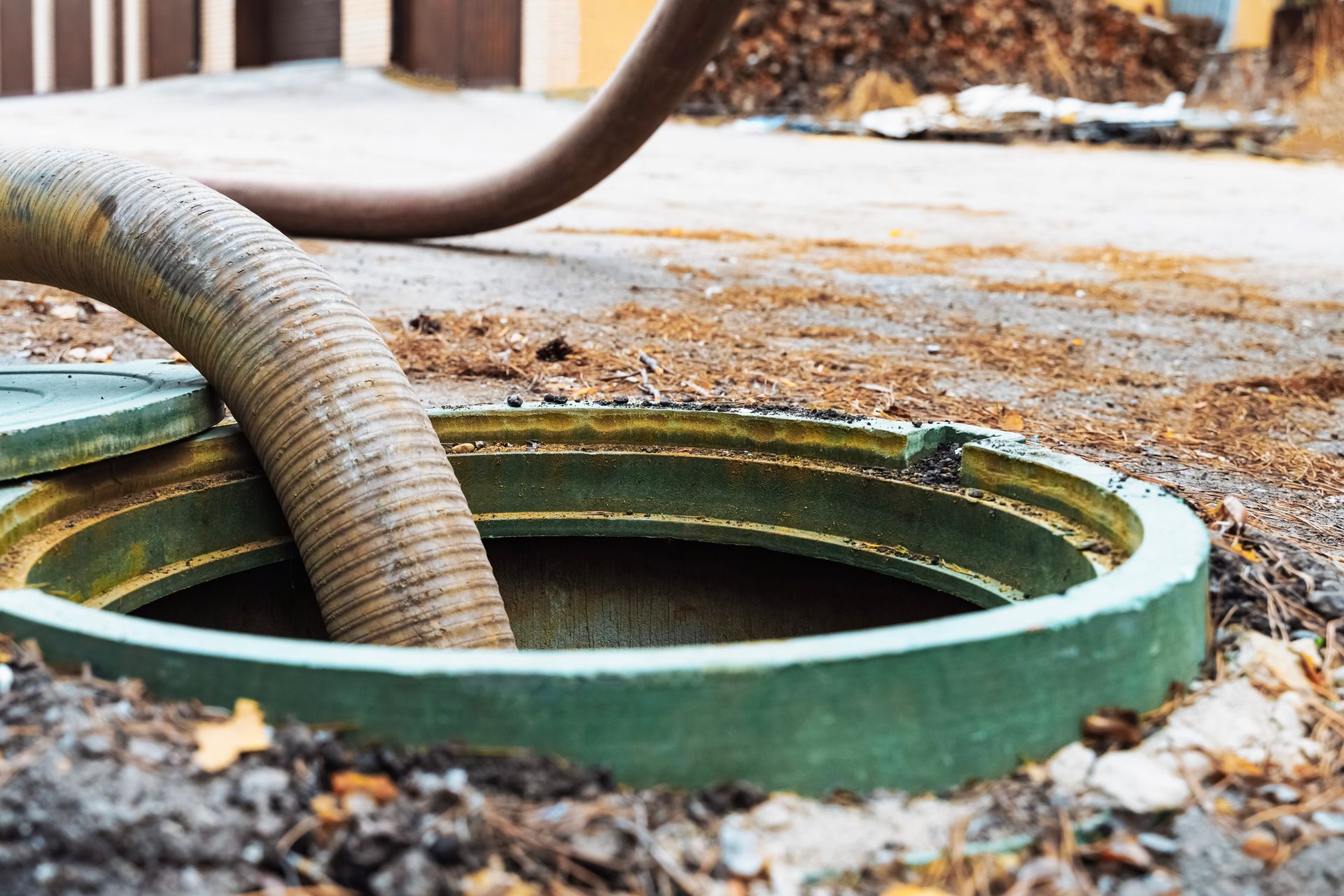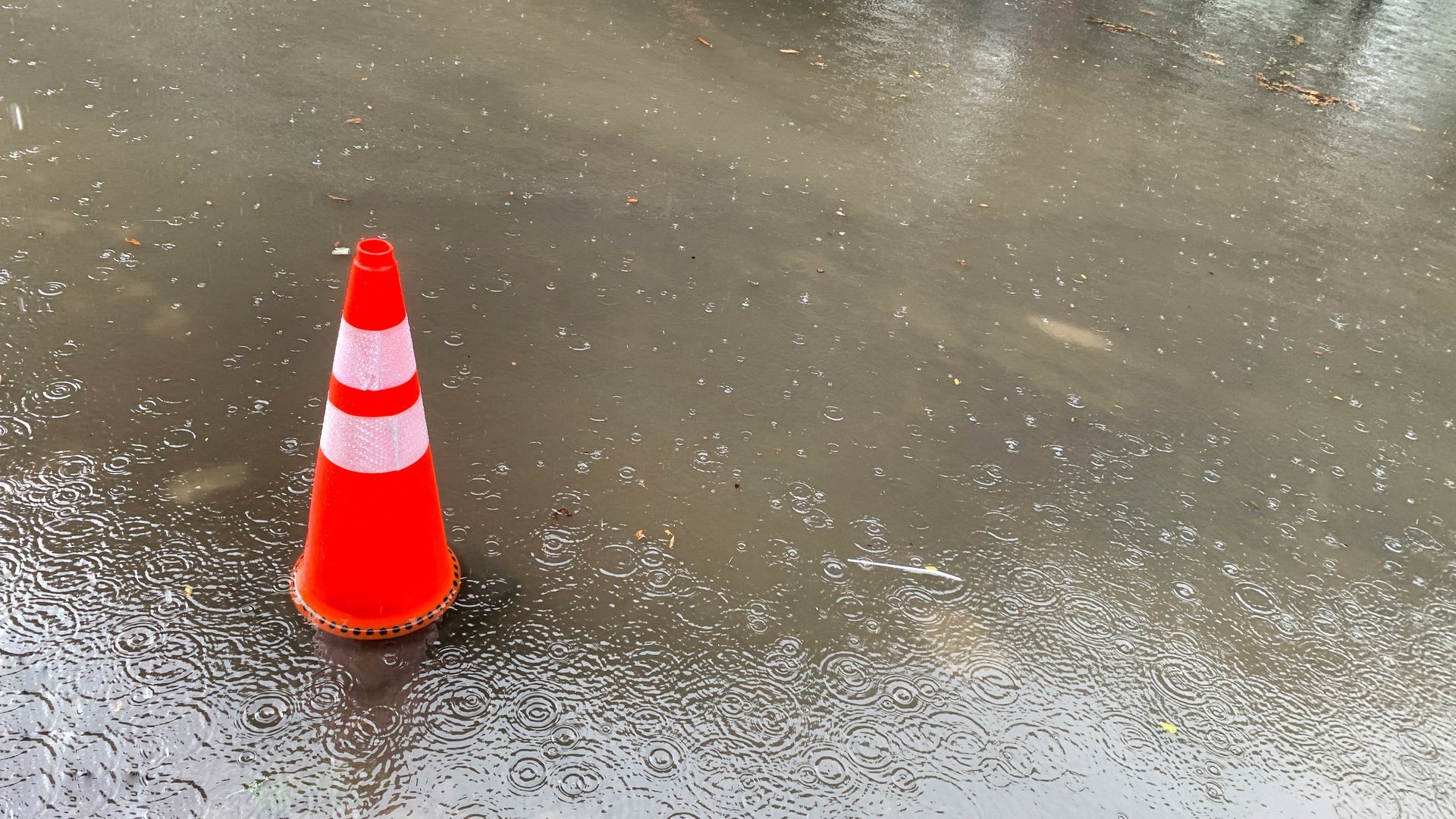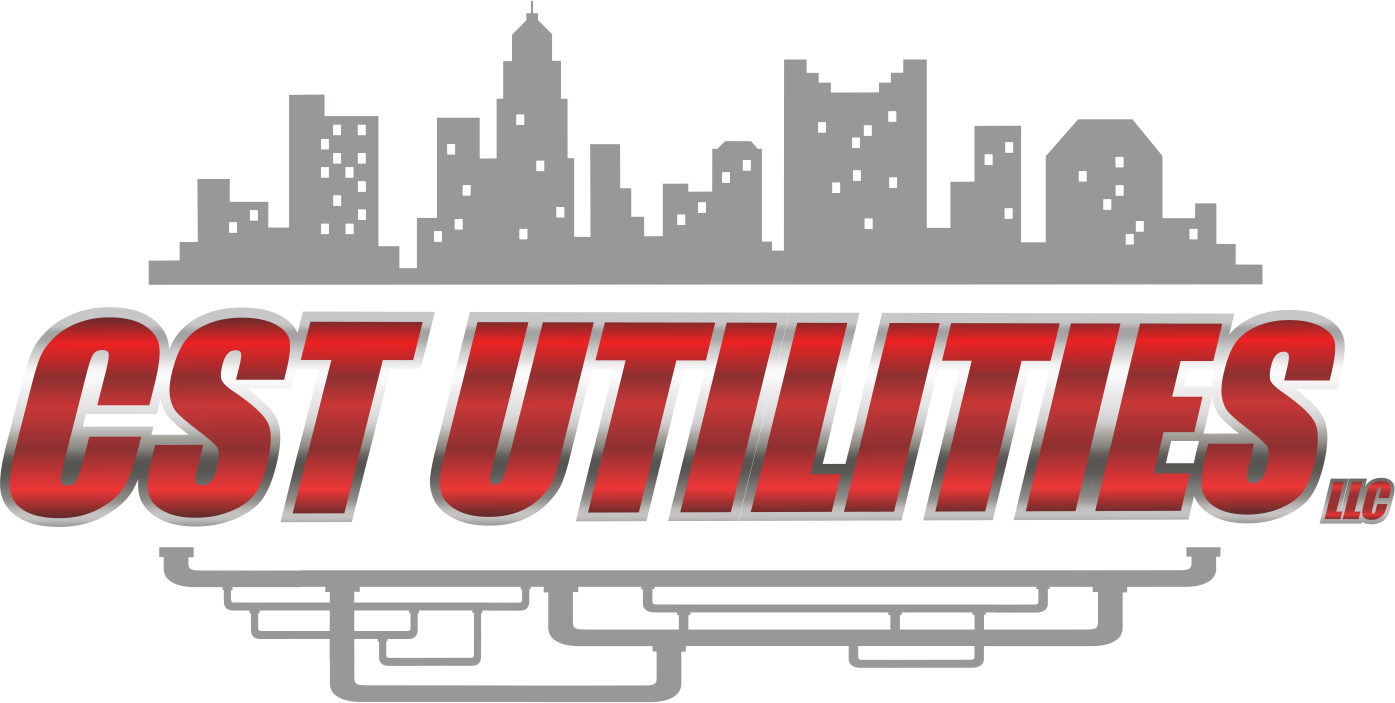Why You Should Replace Galvanized or Black Poly Water Lines Before They Break
Waterlines aren’t something most homeowners think about—until there’s a problem. But if your home still has old galvanized or black poly (polybutylene) waterlines, it’s only a matter of time before they fail. When that happens, the result isn’t just an inconvenience; it can mean major water damage, costly repairs, and even structural issues. Replacing these outdated pipes before they break can save you money, stress, and a whole lot of cleanup.
The Risks of Old Water Lines
- Corrosion and Rust Galvanized pipes, commonly used in older homes, have a tendency to corrode from the inside out. Even if they look fine on the outside, they could be rusting away internally, leading to reduced water pressure, leaks, or full-blown pipe failures.
- Cracking and Deterioration Black poly pipes, often used in the late 20th century, are notorious for becoming brittle over time. Changes in water pressure, temperature fluctuations, or simple aging can cause them to crack and leak.
- Increased Risk of Flooding A slow leak is bad enough, but when an old pipe completely fails, the result can be a sudden flood in your home, basement, or yard. This can lead to extensive water damage, mold growth, and expensive repairs.
- Structural Damage Water leaks don’t just ruin drywall and flooring—they can seep into your foundation, weaken support beams, and cause long-term structural issues in your home.
- Poor Water Quality Corroding pipes can introduce rust and other contaminants into your water supply, affecting both taste and safety.
Signs It’s Time to Replace Your Water Lines
- Low water pressure – This could mean internal corrosion is restricting water flow.
- Discolored water – Brown or rusty water is a telltale sign of deteriorating pipes.
- Frequent leaks – If you’ve already had to patch multiple leaks, it’s time to consider full replacement.
- Visible corrosion or cracks – Any signs of wear on exposed pipes likely mean hidden damage elsewhere.
- Your home was built before the 1990s – If your house still has its original plumbing, it’s worth having a professional inspect your system.
Why Replacing Pipes Now Saves You in the Long Run
It’s easy to ignore your plumbing system when everything seems to be working fine. But waiting until a pipe fails can lead to sudden, costly emergencies. Replacing old water lines proactively means:
- Avoiding emergency plumbing costs – Repairs done on your schedule are far less expensive than emergency fixes.
- Preventing water damage – Stopping leaks before they start keeps your home safe.
- Improving water quality and pressure – New pipes mean cleaner, better-flowing water.
- Increasing home value – Updated plumbing is a major selling point for potential buyers.
What Are the Best Replacement Options?
If you’re replacing galvanized or black poly water lines, consider modern options like:
- PEX (Cross-Linked Polyethylene) – Flexible, resistant to corrosion, and easy to install.
- Copper – Durable and long-lasting, but more expensive than PEX.
- CPVC (Chlorinated Polyvinyl Chloride) – A solid choice for hot and cold water lines, though less flexible than PEX.
Final Thoughts
If your home still has galvanized or black poly water lines, don’t wait until you have a major leak or flood to take action. Replacing them now can save you from unexpected damage, expensive repairs, and a whole lot of stress. A proactive approach to plumbing means a safer, more reliable water system—and peace of mind for years to come. Reach out to us today to update your water lines!
